Alien: Romulus has plenty of big surprises, but are they any good?
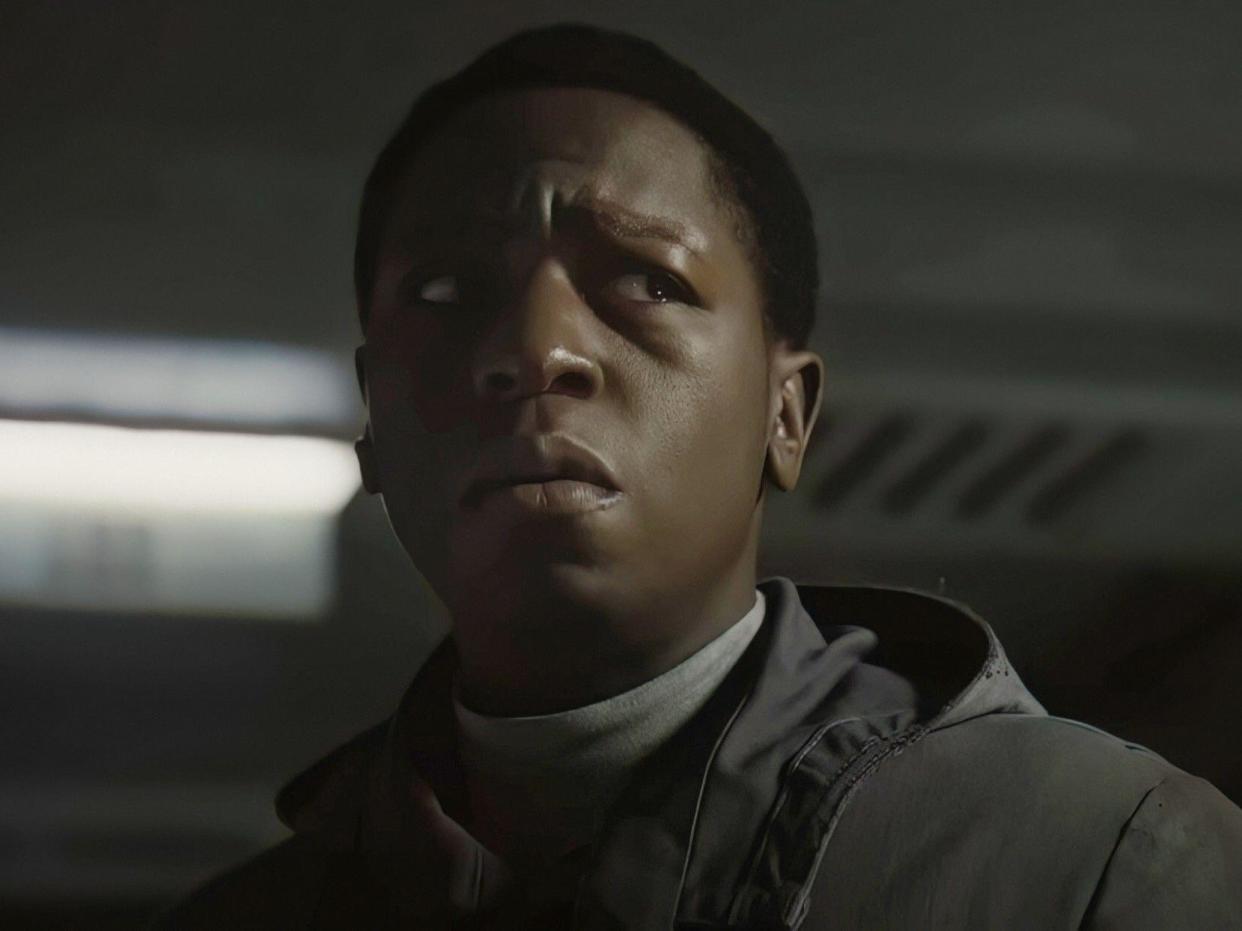
It's fair to call Alien: Romulus a success already. The new take on the sci-fi horror franchise cleaned up at the box office in its opening weekend, and there's no sign of that changing any time soon. Fede Álvarez's gory space movie is one of the hits of the summer.
Part of the reason for its early success is that it threads a very difficult needle. On the one hand, it's reverent towards the history of the franchise, with plenty of nods to the past. But it also stands alone from everything else, so you could dive straight in without having to do any homework.
Note: There are, of course, loads of spoilers for Alien: Romulus coming up in this article.
Novice viewers are very welcome to Alien: Romulus, but there's also a lot to chew on for long-time fans of the Alien movies. There are big surprises littered throughout the movie, with some driven by fan service and others by Álvarez's quite exceptional eye for a shocking set piece. Let's dive into those shocks and see if they actually stand up to scrutiny.
Ian Holm
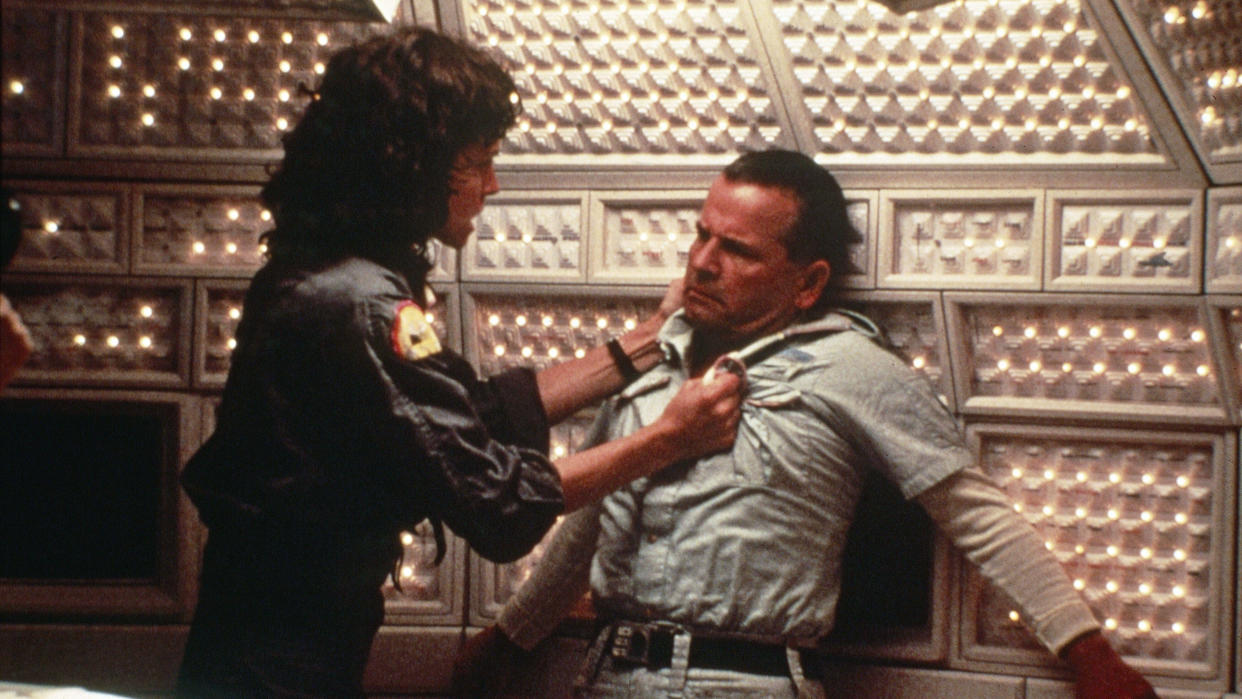
The biggest and most controversial surprise in Alien: Romulus comes through the lens of a character who ultimately plays a large role in the narrative. When our protagonists stow aboard an abandoned Weyland-Yutani craft, they discover a severely damaged android called Rook. Because that android is supposed to be from the same line of synthetics as Ash from the original Alien, Rook looks like actor Ian Holm.
Read more: "Alien: Romulus" Used AI to Bring Back Dead Actor (Futurism)
Holm sadly passed away in 2020 and so Rook's appearance is achieved via CGI trickery. Álvarez confirmed to the Los Angeles Times that the production used generative AI to make on-set actor Daniel Betts sound more like Holm. The director said he discussed the idea first with Holm's widow Sophie de Stempel and later with Ridley Scott, with both giving him their backing.
Álvarez added: "We did it all with a lot of respect and always with the authorisation of his family, his children and his widow, who said: ‘We would love to see his likeness again’."
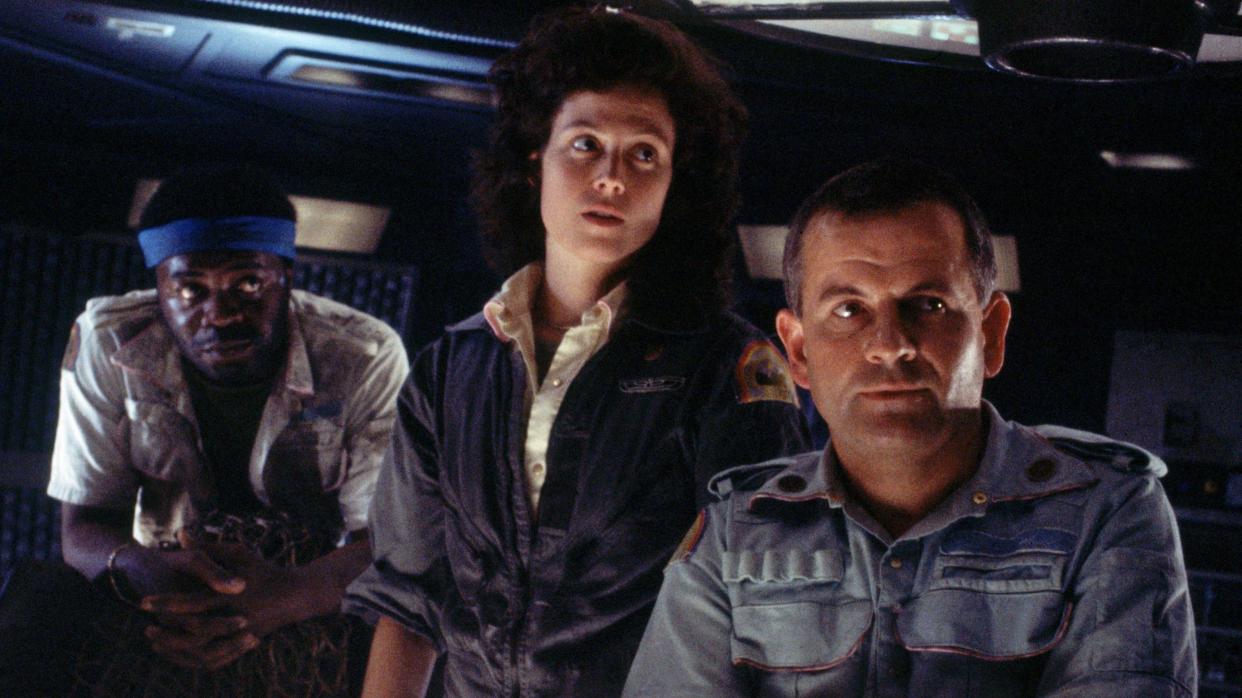
Unfortunately, there's something a little ghoulish about the whole process. It has been described online as "digital necromancy" and it's tough not to agree. The idea of reviving actors from the dead has been a hot-button issue for years — Peter Cushing in Rogue One and Harold Ramis in Ghostbusters: Afterlife are two of the most famous examples — but the increasing intrusion of generative AI into Hollywood gives this one an extra layer of controversy.
There's no reason beyond nostalgia for Rook to wear the face and voice of Holm and it feels distasteful to puppeteer a legendary character actor into a beyond-the-grave performance. It's especially true as Rook emerges as one of the movie's main antagonists, making the role much more than a cameo.
Read more: The Controversial ‘Alien: Romulus’ Cameo Is Lazy and Disturbing (Daily Beast)
Even beyond the ethical considerations, it looks terrible. Despite technological advances, Holm's appearance in Romulus is much less convincing than the other examples mentioned above. It's distracting every time the uncanny, lifeless character shows up on screen and Holm deserves better given the exceptional performance he gave us 45 years ago.
The xenomorph survived?
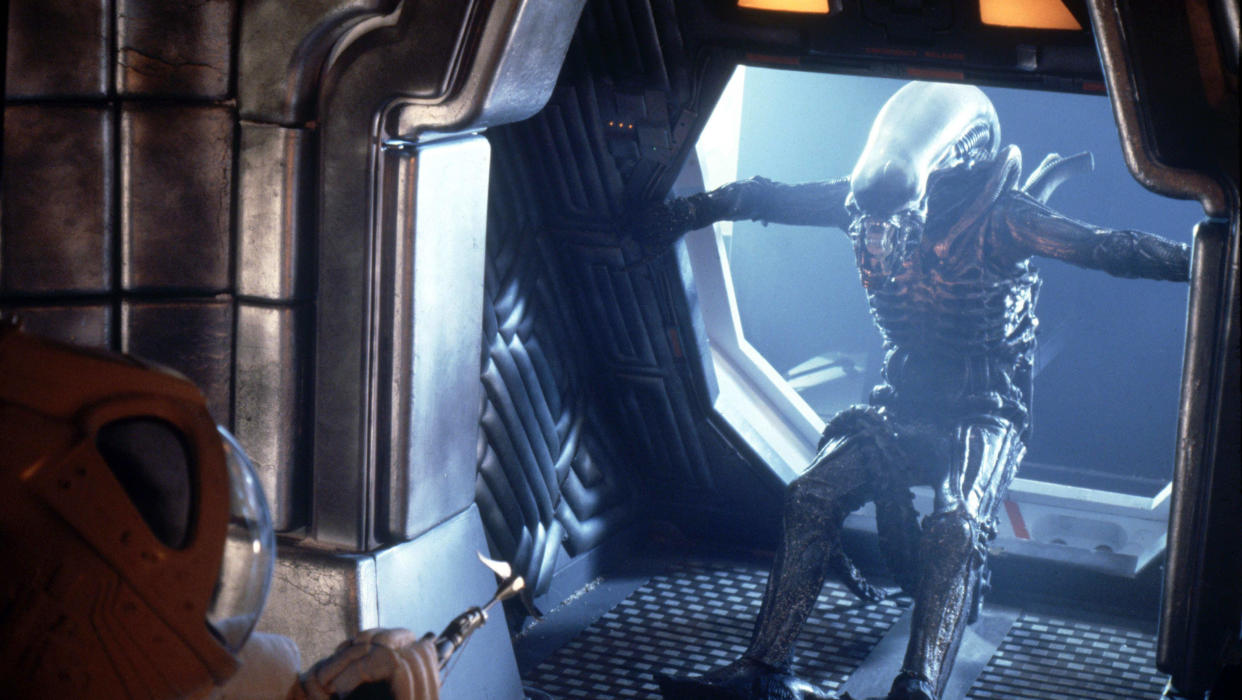
The opening sequence of Alien: Romulus follows the Weyland-Yutani corporation exploring the wreckage of the Nostromo — the original ship from Alien. They recover something that, later in the movie, we learn was the xenomorph expelled into space by Sigourney Weaver's Ripley at the end of the first film. The canny creature had managed to hold itself in a sort of suspended animation to stay alive in space.
Read more: How the Alien: Romulus Xenomorph was made (Yahoo Entertainment)
That xenomorph was responsible for the annihilation aboard the spaceship in Romulus, with Weyland-Yutani leaving the facility to float in space. In that time, the xenomorph had done what all successes of evolution do — it had bred in huge numbers, using the unfortunate humans aboard as hosts for its offspring.
This is a neat link between past and present, tying the events of Romulus directly to the original film and explaining the rapid multiplication of the xenomorph threat. As usual, it's because Weyland-Yutani can't keep their greedy mitts off things they don't understand.
Black goo
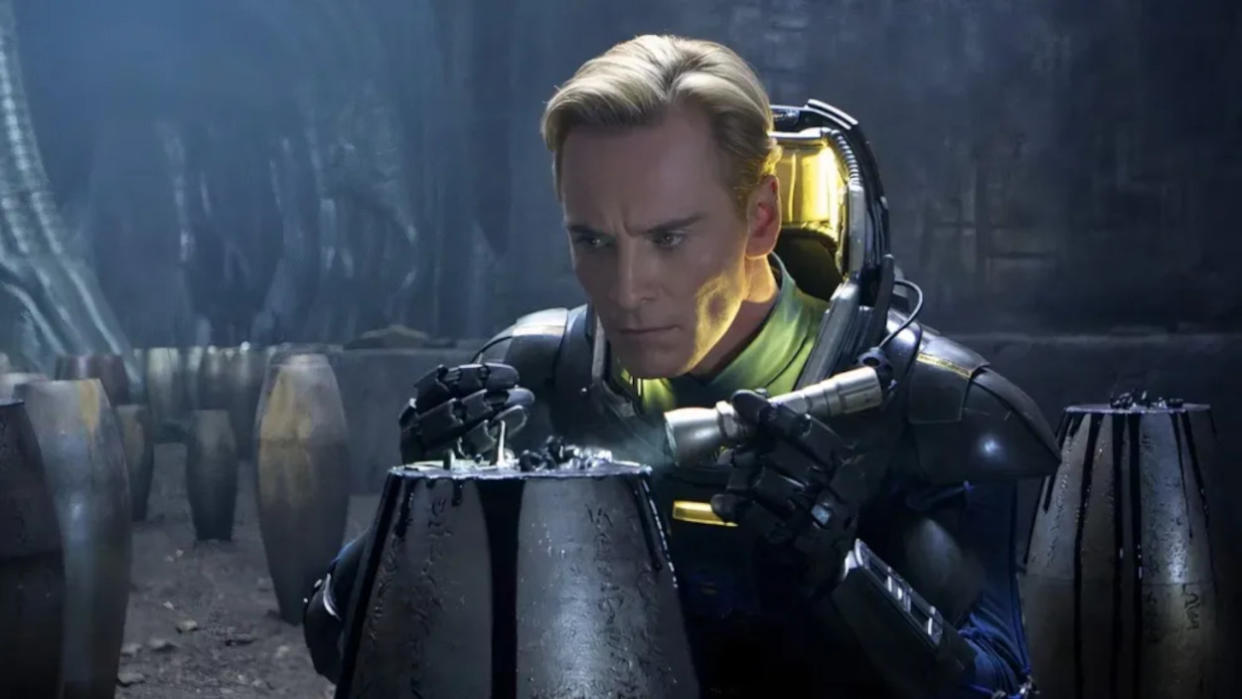
Rook informs the characters in Alien: Romulus that Weyland scientists managed to find something interesting in the space cocoon that held the xenomorph — a substance referred to as "the Prometheus fire". Veterans of Ridley Scott's Alien prequels will recognise this black goo as the substance Michael Fassbender's android David found in Prometheus and subsequently used for his own strange experiments in creating new life.
That substance was seemingly synthesised by the Engineers and appears to be some sort of biological weapon and parasite — a precursor to the xenomorphs. As Álvarez put it to Variety in typically frank fashion: "It’s the xenomorphs’ semen, almost." Its appearance in Romulus sets into motion the pure chaos of its final act. Speaking of which...
Traumatic birth
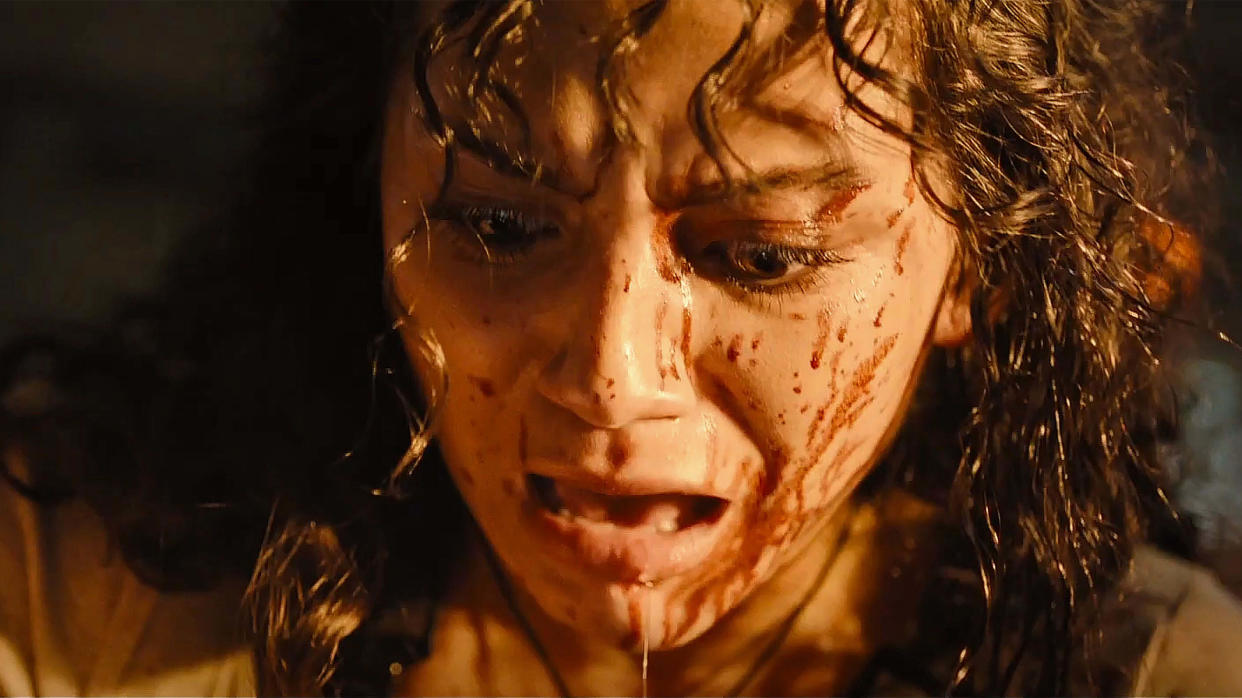
Obviously, the legacy of the Alien franchise has the image of the chestburster at its heart — one of the most shocking and grotesque set pieces in horror history. Subsequent films have tried to pay homage or even top that moment, with Romulus being no different. Álvarez isn't at all afraid of button-pushing gore and, in Romulus, there's a twisted birth scene even more horrible than the one in Prometheus.
Read more: Alien: Romulus review: supercharged spectacular blasts flagging series back to gory, glorious life (Evening Standard)
Early in the movie, we learn that Isabela Merced's character Kay is pregnant. She is seriously injured as her friends try to flee the xenomorphs and ends up with a syringe of the black goo, which Rook had described as being designed to perfect humanity. Desperate to recover from her pain and survive, Kay injects herself with the goo.
Soon after, she painfully births a strange hybrid creature in a truly horrific torrent of gore. It's enough to make anybody question their decision to get pregnant and instantly enters the pantheon of Alien's most gruesome moments.
Is that an Engineer?
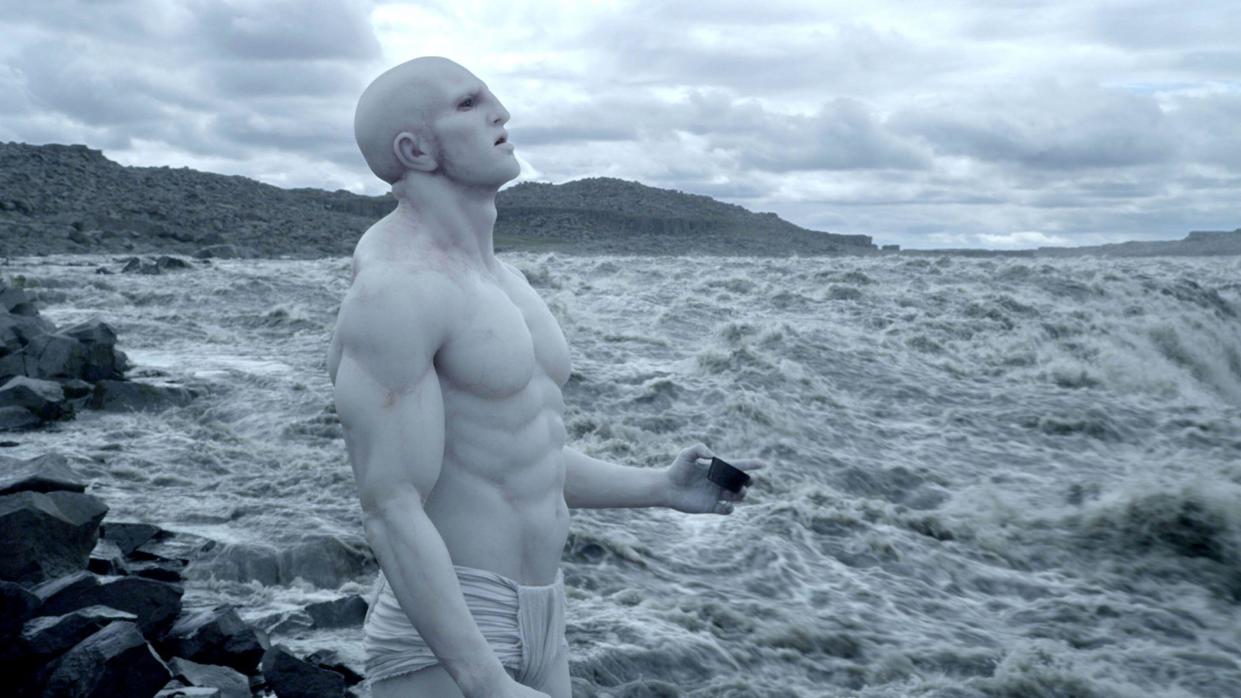
Kay's hybrid offspring grows very quickly and initially appears to be a twisted combination of human and xenomorph akin to what we saw in Alien: Resurrection. When it finally attacks, though, its smooth and uncanny face looks like a creature very familiar to Alien franchise fans — one of the Engineers. But it's not quite as simple as the return of the Engineers, seemingly envisaged in Prometheus as a precursor to the human race.
"We thought, if [the goo] affects your DNA, and the Engineers clearly came out of the same root of life, it made complete sense to me that [the offspring] was going to look like that," said Álvarez to Variety. "It’s probably a new species, because that mix never happened before."
The Offspring, as it is named in the credits, is a creepy new addition to the Alien mythology and a formidable foe for the final act of Romulus. That black smile and empty face — like a malevolent Funko POP! figure — won't leave anybody's memory in a hurry.
"Get away from her"
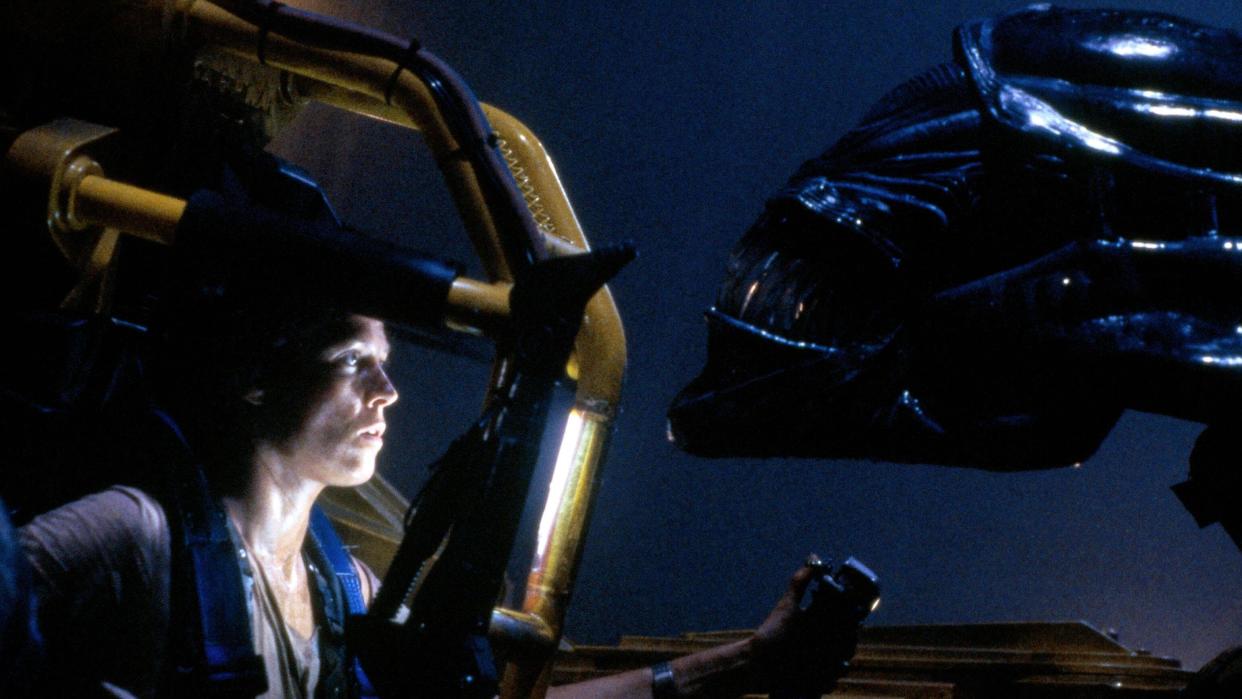
The clunkiest moment of fan service in the entirety of Alien: Romulus comes when David Jonsson's new android Andy says, after a particularly badass moment of rescue towards his sister, "get away from her, you bitch".
Read more: Alien: Romulus' best decision was casting David Jonsson as Andy (Digital Spy)
It's not just his delivery that lands with a thud, but the fact that his evocation of Weaver's famous retort to the Alien Queen in Aliens comes entirely out of nowhere. Fan service for the sake of fan service seldom works. Alien: Romulus is far better when it chooses to go its own way than when it seeks to remind people of the past.
Alien: Romulus is in UK cinemas now.


